Do soap dispensers really work? - are they worth it?
shavawn_2007_2007
16 years ago
Featured Answer
Sort by:Oldest
Comments (46)
cavu
16 years agolast modified: 9 years agolily1342
16 years agolast modified: 9 years agoRelated Discussions
Do You Like Your Deck Mounted Soap Dispensers?
Comments (22)Enduring, I would think about two. One for lotion, one for soap. But, I forgot, is this your Master bath, or a guest one? Unfortunately, for a guest one, you may have the eternal problem of having to explain which is which, or letting each guest experiment each visit... I actually bought our kitchen sink one from HD. I had gone there intending to buy one to match our Blanco Rados faucet, and the sales guy actually talked me into purchasing the no-name $14 one hanging on a rack. We've had it for 7 years (CANNOT believe our kitchen reno is 7 years old!), only clogged once, and DH took it all apart and cleaned out the gook...took me awhile to stop reefing on that poor ol' spout that was no longer plugged! So, the point of my post is that you don't necessarily need to spend the big bucks to find a dispenser that will work well and look good. (The NN one from HD looked very much like the Blanco one that cost 10X more!) Old pic showing soap dispenser:...See MoreSoap Dispensers:What do YOU have?
Comments (27)Thanks for this thread. I have been looking for soap dispensers this whole week (after deciding on the Brizo Talo faucet) I've almost purchased 2 compatible Brizo dispensers a couple of different times until I came across mostly bad reviews on them. I was going to take my chances since I liked the style but then decided to look at the Elkay of Breeezy's and the Graff that was highly recommended on another thread. Too bad they were out of my price point.... I couldn't bear to spend that much on these accessories! My little update is budget! So, today I found 2 Kraus stainless dispensers on Amazon's warehouse deals (open packaging?) for the price of one. Spoke with Amazon, was assured that I had 30 days to decide if I liked to return and the Kraus warranty so I went for it. I think It resembles the Elkay. Granite, Check. Sink, Check. Faucet, check. Dispensers, check....It feels good to just make a decision so you can move on to the next! Off to the appliance forum!...See MoreSoap dispenser or no soap dispenser?
Comments (36)Can anyone recommend a dispenser with a LONG spout? The one we have now (Price Pfister) has an utterly useless 2" spout. I have found a 3 7/8" spout, also 3 1/2", but am wondering if there are any that are longer. The new sink is 10" deep. We weren't going to get a new soap dispenser, but after reading this thread, I thought, "I don't want ugly bottles on my new granite!" I could do a rack mounted on the sink cabinet door, but I think the dispenser is neater :-) It just needs a long spout so it can actually squirt dish soap into the pots, instead of dribbling down the side of the sink. Will definitely get a NeverMT--so glad that I heard of it here!...See MoreCan't get soap dispenser to work. Tips???
Comments (19)Hi! I know this is an old thread, but it still popped up when I was searching for help with my soap dispenser not staying primed. To fix it, I tried disconnecting and re-connecting all the connections. I primed it and waited 10 minutes... the prime was still lost. I disconnected the long tube from the pump. There is an o-ring on my model to make an air tight connection from the flexible tube to the pump. At this spot, the flexible tube had conformed to the o-ring allowing an air leak. I snipped off the small piece of tubing and re-attached it to the pump. This made the tube fit tighter on the pump/o-ring. This appears to have fixed my problem. I hope this helps! Blessings, Mrs. M...See Moreplllog
16 years agolast modified: 9 years agoeandhl
16 years agolast modified: 9 years ago3katz4me
16 years agolast modified: 9 years agomany_hats
16 years agolast modified: 9 years agoJon1270
16 years agolast modified: 9 years agodebo_2006
16 years agolast modified: 9 years agoMariposaTraicionera
16 years agolast modified: 9 years agosusanilz5
16 years agolast modified: 9 years agomostlylurking
16 years agolast modified: 9 years agoshequit
16 years agolast modified: 9 years agojackiemcg
16 years agolast modified: 9 years agojanwad
16 years agolast modified: 9 years agoteedup1
16 years agolast modified: 9 years agoZoe52
16 years agolast modified: 9 years agoweed30 St. Louis
16 years agolast modified: 9 years agooruboris
16 years agolast modified: 9 years agococontom
16 years agolast modified: 9 years agoFori
16 years agolast modified: 9 years agoiamnodiy
16 years agolast modified: 9 years agolivvysmom
16 years agolast modified: 9 years agowestsider40
16 years agolast modified: 9 years agosnookums
16 years agolast modified: 9 years agosail_away
16 years agolast modified: 9 years agomerry_me
16 years agolast modified: 9 years agojanwad
16 years agolast modified: 9 years agoToxDocAR
16 years agolast modified: 9 years agoiamnodiy
16 years agolast modified: 9 years agosail_away
16 years agolast modified: 9 years agomerry_me
16 years agolast modified: 9 years agodivamum
16 years agolast modified: 9 years agoToxDocAR
16 years agolast modified: 9 years agoToxDocAR
16 years agolast modified: 9 years agoglennsfc
16 years agolast modified: 9 years agodlg421
16 years agolast modified: 9 years agojt562
16 years agolast modified: 9 years agoToxDocAR
16 years agolast modified: 9 years agomerry_me
16 years agolast modified: 9 years agowestsider40
16 years agolast modified: 9 years agoiamnodiy
16 years agolast modified: 9 years agowestsider40
16 years agolast modified: 9 years agoyahooer
16 years agolast modified: 9 years agoToxDocAR
16 years agolast modified: 9 years agokaseki
16 years agolast modified: 9 years ago
Related Stories
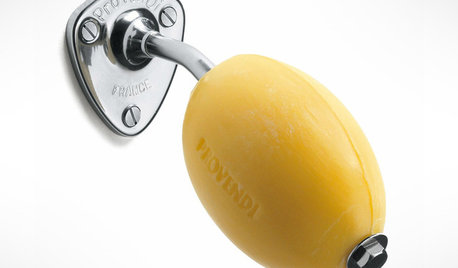
BATHROOM VANITIESBetter Places to Stash That Soap
Banish gloppy bars and flimsy pumps, and the only things you’ll need to clean are your hands
Full Story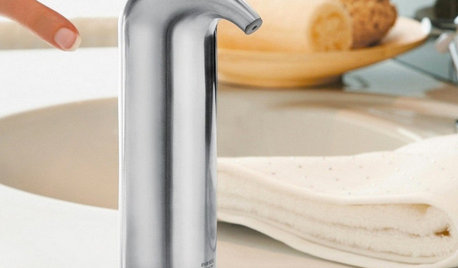
SHOP HOUZZShop Houzz: Wash Your Hands
Kill germs and keep your hands clean with design-forward soap dispensers
Full Story0
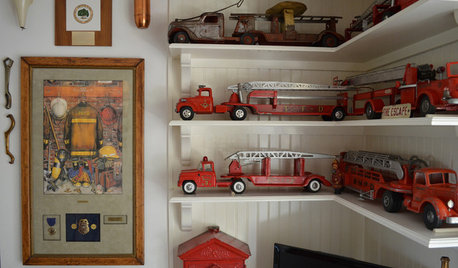
DECORATING GUIDESHouzz Call: What Home Collections Help You Feel Like a Kid Again?
Whether candy dispensers bring back sweet memories or toys take you back to childhood, we'd like to see your youthful collections
Full Story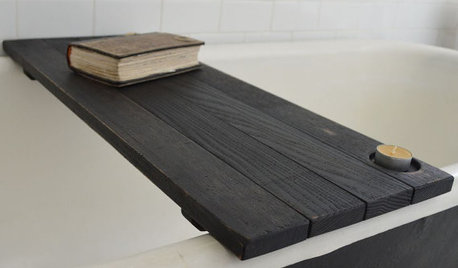
PRODUCT PICKSGuest Picks: Zen Bath Finds for a More Serene You
Let tension and stress melt away as you pamper yourself with spa-worthy linens, soaps, salts and other amenities
Full Story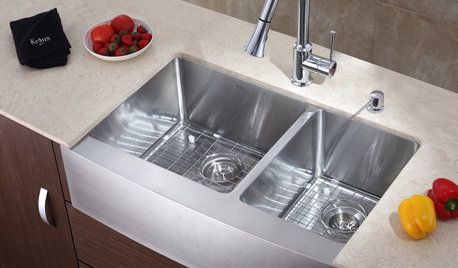
MOST POPULAR8 Little Remodeling Touches That Make a Big Difference
Make your life easier while making your home nicer, with these design details you'll really appreciate
Full Story
BATHROOM DESIGNA Designer Shares Her Master-Bathroom Wish List
She's planning her own renovation and daydreaming about what to include. What amenities are must-haves in your remodel or new build?
Full Story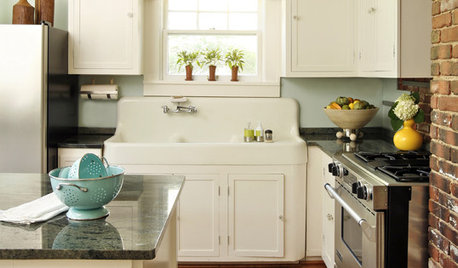
KITCHEN DESIGNTap Into 8 Easy Kitchen Sink Updates
Send dishwashing drudgery down the drain with these ideas for revitalizing the area around your kitchen sink
Full Story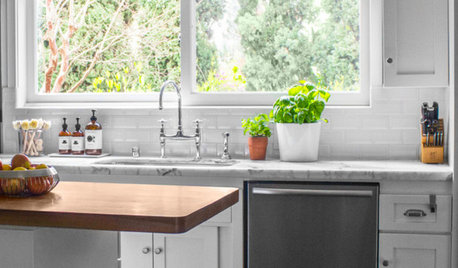
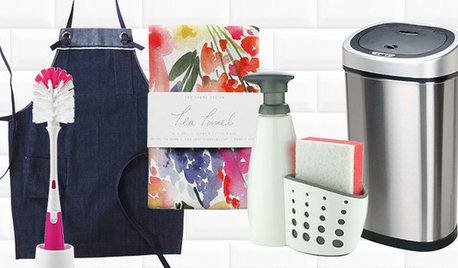
SHOP HOUZZShop Houzz: The Kitchen Cleanup Sale
Save up to 50% on dish towels, drying racks and other helpers for tidying up
Full StorySponsored
Industry Leading Interior Designers & Decorators in Franklin County






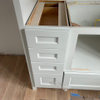


User